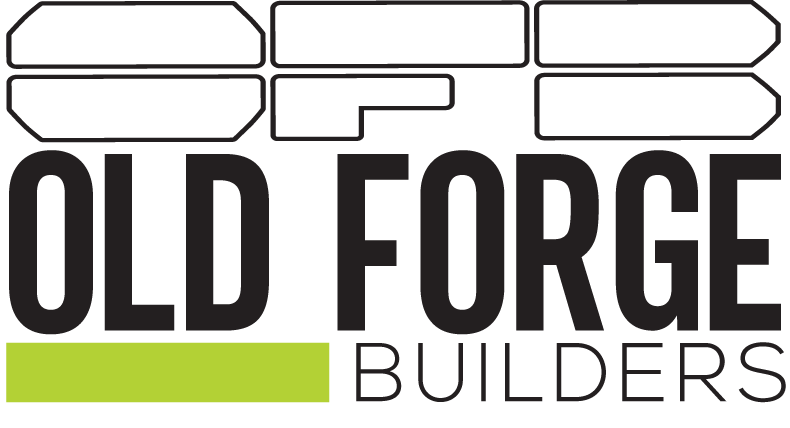In the midst of some new healthcare projects in our bid pipeline, the Old Forge team has been immersed in considerations necessary while COVID-19 safety grows ongoing concern. Hospitals and medical office buildings have always instilled design features to mitigate infectious diseases, however our behaviors need to align in order to properly ensure a full-circle operational success in the “new normal.”
The Patient Comfort Challenge
Healthcare Construction + Operations News points out that “An immediate concern is for hospitals to keep elective, or necessary but not life-threatening, surgery cases going while dealing with overflowing emergency departments and intensive care unit beds. The challenge is making patients feel comfortable to have surgery during a pandemic. For example, a few months removed from the spike in Coronavirus cases in New York, hospitals are still not seeing patients return, and most procedures are only back to 50% to 70% of what they were. In response, medical centers are already implementing design and staff reconfiguration plans to create segregated areas within certain units or adjacent to the main hospital to ensure fluidity and increase patient satisfaction.”
Infrastructure Upgrade Priority
New HVAC systems promoting cleaner air and sterilization functionality may not drive an ROI at first, however this will be a huge motivator for patients when selecting the hospital/office where they receive a procedure. Over time, this is believed to make one facility preferred over another. Although it isn’t 100% proven, there is a chance that UV light within HVAC systems has the potential to kill the Coronavirus. The UV light systems are known as Ultraviolet germicidal irradiation lights – and are more or less effective based on their UV intensity and the amount of time the contaminated surface is exposed to the light. Many medical systems are going to any length to confirm patient confidence in their facility, and this option has been frequently reviewed.
Worker Safety and Protocols
Social distancing can be tough on the job site, however new guidelines for workers implemented offer separate entryways and traveling paths. Avoiding tool sharing is another way to limit the exchange of germs, and especially within a healthcare environment, can help maintain a safe job site. Given the sometimes less-obvious features of being on-site in a healthcare environment, it is advised that these superintendents and subcontractors undergo Infection Control Risk Assessment training to keep considerations top of mind.
On the bright side of all the challenges 2020 presented in medical space construction, the experience has allowed us to raise the bar in both safety and operational excellence.
Sources Referenced:
https://www.pickhvac.com/faq/hvac-uv-lights/
hconews.com/2020/09/15/covid-19s-impact-on-healthcare-design-and-construction/

